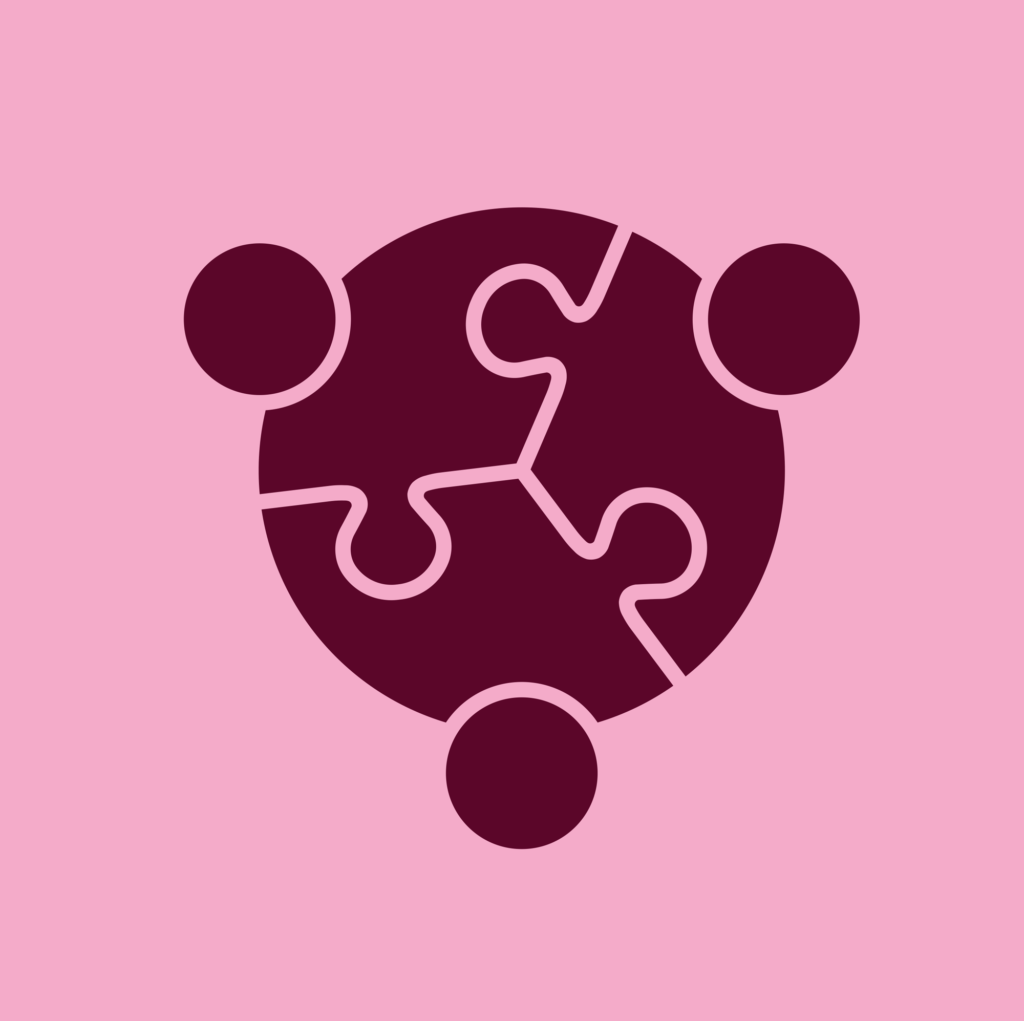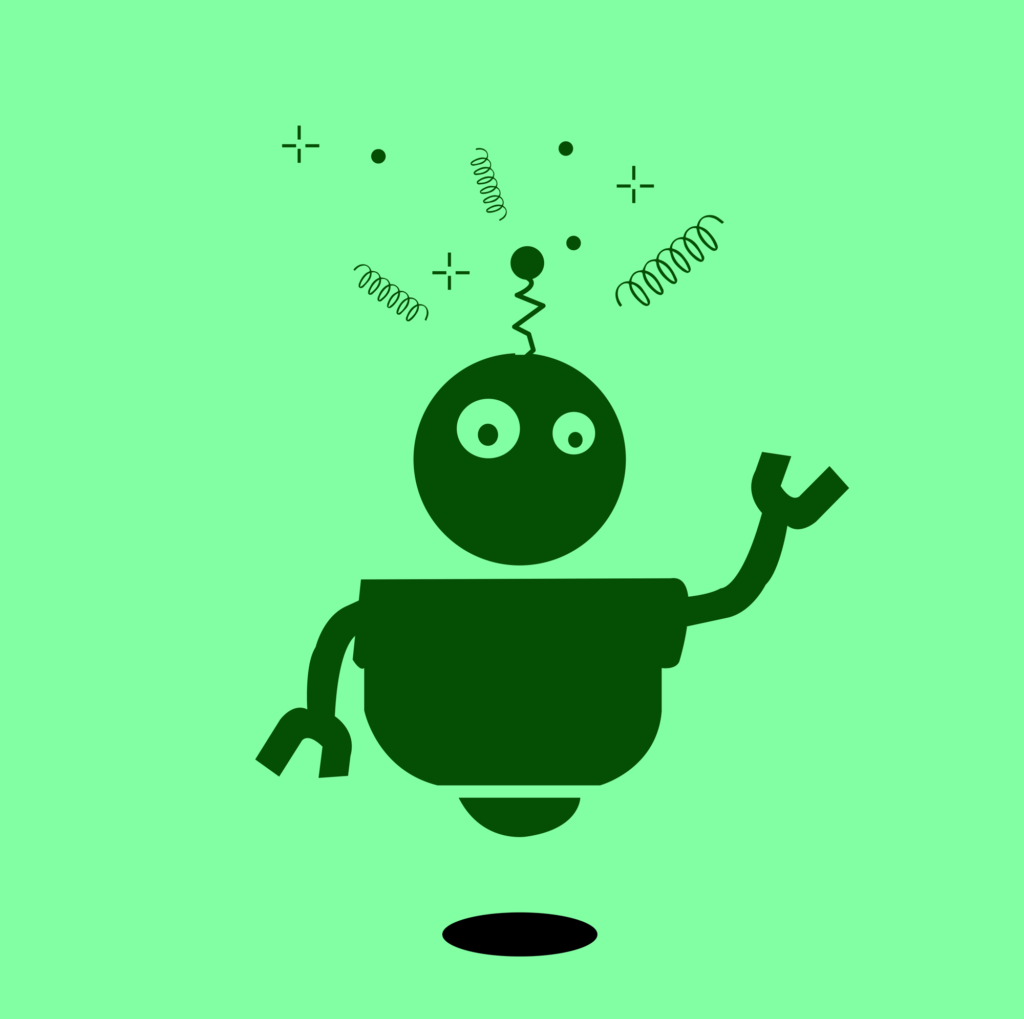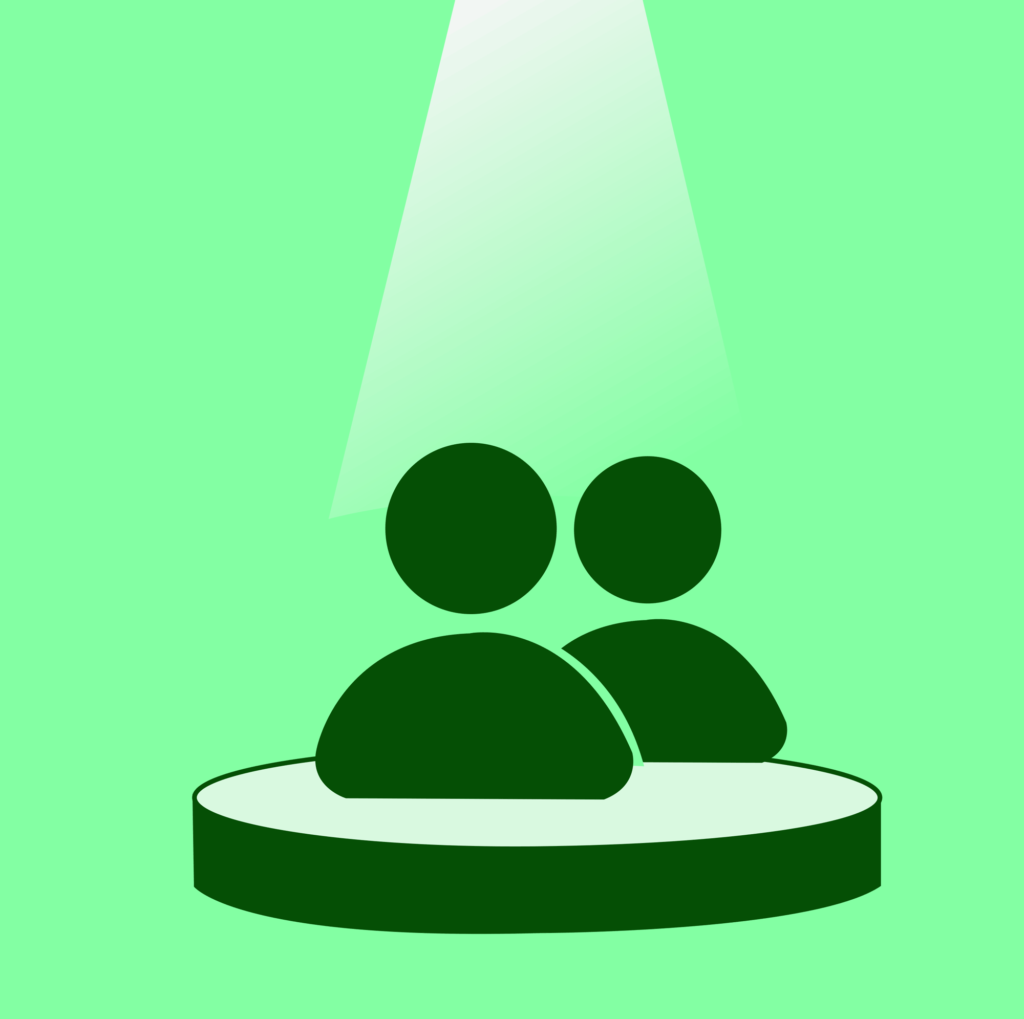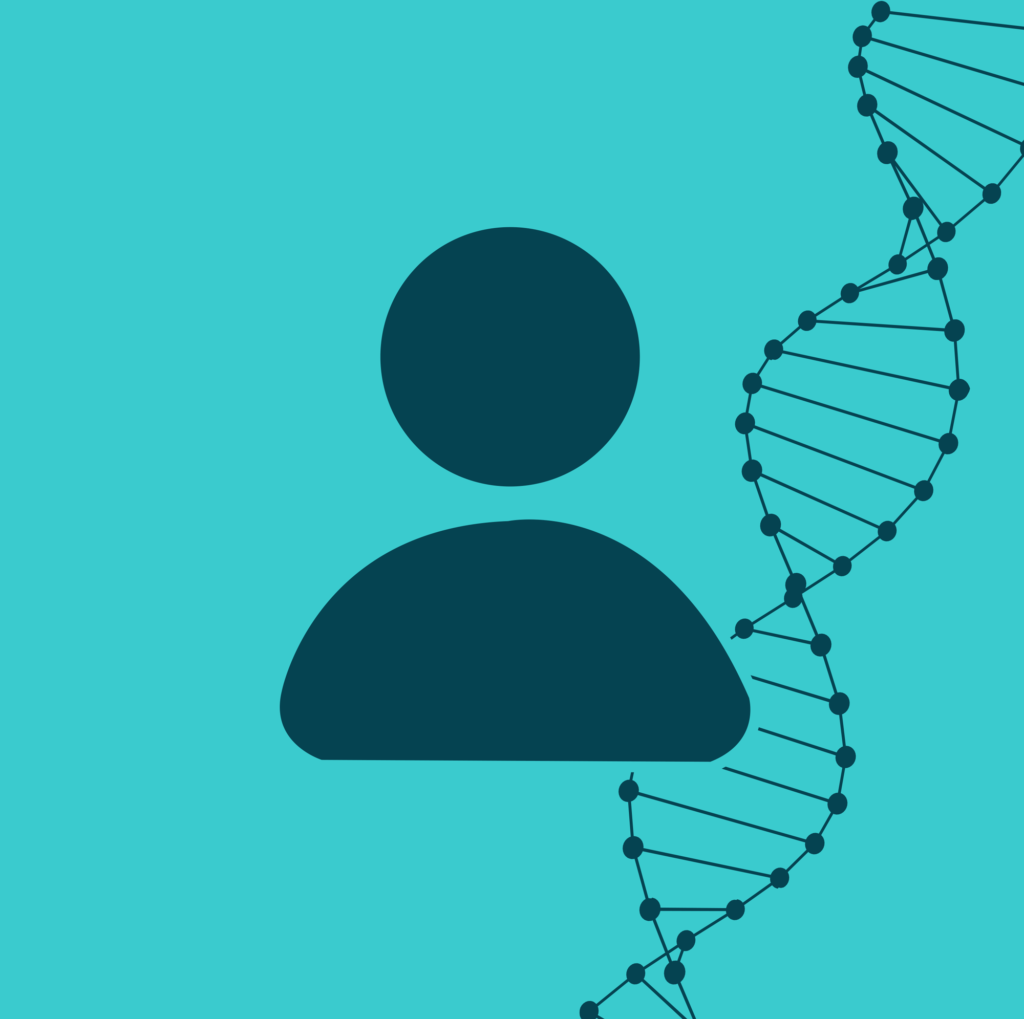In this video Agnes van Wijnen of the Kreukel Collectief describes the stories behind a photograph of the Willem Arntsz Hoeve – a German mental hospital pictured in the 1930s along with the life stories of two of the inmates. She starts with the story of Mien Hoffmann, diagnosed with ‘weakness of the nerves’ who “was murdered [there] by the Germans” in 1945 aged 31.
(Translation from the video) First is a photograph of Mien Hoffmann. She is pictured in the middle of a group of young people, with a circle around her head, you see Mien Hoffmann studies in secondary school in Amsterdam. She is the life of the party, for example at her netball association. This is a picture of Mien Hoffmann with lots of other netball association members in the early 1930s. Furthermore, Mien is active in the church. However, she is increasingly impeded by “weakness of the nerves”, as it was called then.

Mien Hoffman (circled) with netball association members in the early 1930s
When she is 23 she Mein admitted to the Willem Arntsz Hoeve. On January 31, 1945 she dies there at the age of 31. Her parents only hear of her death in July 1945 when they inform about her in Den Older about what happened because they have no information. An unfamiliar person then tells them that Mien was murdered by the Germans.That is all the information they receive. Even later they never received any more information.
Next, I would like to present the picture of Gerrit Abelman. Left on the picture is Gerrit Abelman. He stands on a ladder, wearing a hat and a white coat. Next to him is his father, also wearing a hat and a white coat. They are both painters. Gerrit Abelman has two brothers and three sisters. But even before WW2 started he lost a sister and brother to tuberculosis.

Portrait of Gerrit Abelman with his father
Besides being a house painter and a decorative painter in his father’s company, Gerrit draws and paints in his free time as well. During WW2 he falls in love with an artist’s s daughter. After a year they want to get married, but the girl’s parents think Gerrit is too low class. So they do not approve of the wedding.
Gerrit is very upset. He becomes depressed and ends up in a psychosis. He becomes a danger to himself. He takes bike trips around the airbase in Soesterberg. His family lives nearby in Soest. During these trips he confronts Germans, saying he doesn’t want them there. This worries his parents very much. They worry he will get himself hurt because he hangs around the airbase and confronts the Germans there.
In May 1942 Gerrit’s parents admit him to the Willem Arntsz Hoeve. Hoping he will be safe there. His brother Adrie visits him regularly. But one day he cannot find Gerrit anymore. He is told that his brother died on April 2, 1945. He was 28 years old and died of tuberculosis. His brother Adrie doesn’t believe this. Because he knows tuberculosis all too well because his brother and sister died from it. He definitely did not see any signs of it in Gerrit. Gerrit’s cause of death still remains a mystery.
Lastly I present a picture of the Willem Arntsz Hoeve. You might know about the Willem Arntsz Hoeve. This is a picture of it made in WW2. It’s an institute in Den Dolder for people with psychiatric and intellectual disabilities. It had its own farm, workshop, and so forth. Between 1940 and 1945, during the war, a total of 1,163 patients died of systemic neglect. They received no food and things like soap. There was barely any heating and there was also little to no medical care. This made the patients vulnerable to infections.

Willem Arntsz Hoeve
In 1942 the German occupier took control of the management of the Willem Arntsz Hoeve. They removed the existing management and management was resumed by NSB people. They barely paid attention to the patients and their care. Despite being short on staff, employees were sent to Germany to work or fight. They sold the firewood, leading to the pavilions being barely heated. They also sold the food from the farm and the food the institute received for patients. Food was also stolen by staff members. This led to increasing scarcity. Amongst the patients of the Willem Arntsz Hoeve during WW2 death rates were at times almost 5 times higher compared to the rest of the Netherlands.
The Inclusion mirror
Marie-José Calkhoven of the Kreukel Collectief makes a contemporary response to Agnes van Wijnen’s work done documenting the stories of inmates of the Willem Arntsz Hoeve. Here she presents the photo she created in a video, followed by the image accompanied by text in English

The Inclusion Mirror by Marie-José Calkhoven. Mirror with chalk text on it:
This photo shows a picture of me, while I am looking at Hitler, who is looking into the ‘Inclusion mirror.’ At the same time I am looking at myself in another mirror. Reflecting on my own thoughts and feelings.
One of the reactions to the terrible horrors that eugenics has brought amongst us, is the concept of inclusion: the idea that everybody belongs and nobody should be excluded.
It is a wonderful concept that – when used correctly – supports diversity. Unfortunately, the idea of inclusion, can also deform into a dangerous kind of equality thinking: the idea that everything must be the same for everybody. In that case, instead of bringing diversity and enriching the world, inclusion leads to impoverishment. By letting Hitler look into the inclusion mirror, I hope to bring about a process in which we – people with disabilities – can look, to investigate how much we ourselves can bear to include? Or put differently: how much difference can we tolerate from others?
If we don’t want history to repeat itself, I think it is important that we do not project evil. Instead we need to investigate where we ourselves, behave intolerable towards others. The Covid-19 crisis shows us how hard this is. To protect our own (vulnerable) health, we can end up forcing others to give up living. In my opinion some disability activists cross a line when they see the call for ‘turning back to normal life’ as a new kind of eugenics (“people don’t care because they view the elderly and disabled as disposable anyway”) In this viewpoint a lot of the Covid-19 reality – in which a lot of people suffer from all the measures that are taken – is reduced to the belief that the common policy is based on casting out vulnerable groups, because they are or not worthy of living. This viewpoint totally ignores the fact that 98% of the people who get Covid have mild symptoms, but this 98% has lived a restricted life for over 1,5 years now, because we want to protect the vulnerable and ensure that everybody can get hospital and ICU-care.
For me fighting against the virus in a totalitarian way (not accepting any disease or death, and restricting normal life in a rigorous non-democratic manner) looks a lot like the politics of the Nazis, who were also driven by a health-ideology, purifying every health risk and ultimately ending up with killing people to ‘heal’.
The virus is within us. That means that fighting against it, ultimately means fighting against ourselves and others. Maybe we should try something else. Maybe we should try to include the virus in our lives, just the way we do with our disabilities.
Jacqueline Davis of the Kreukel Collectief makes a contemporary response to the work done documenting the stories of inmates of the Willem Arntsz Hoeve
This painting depicts the past and present of eugenics and the lives it took from us. In its core, eugenics is first and foremost an ideology that bleeds into everything we do. Eugenics as a scientific discipline was able to develop from the way we look at the world.
At the present time, eugenics is at the forefront in media, society and politics once more. Herd immunity is for example understood as sacrificing “weaker” people for the wellbeing of society as a whole. Media and society openly speculate about the benefits of us dying, because it improves society as a whole and they assume we are suffering anyway. In the UK alone, it was found that 6 out of 10 Covid-19 deaths were disabled people. These numbers do not even include those who passed away from overcrowded healthcare. Many of those did not have to die, had clear and protective policies been in place.
But disability rights activists do not give up. We are the fresh seedlings that continue fighting. Because of what happens now, more and more disabled people find their way into disability rights activism.
 Image description: The object is a square painting made with ink and acrylic paint. The main colours of the painting are black, white, bronze and various shades of green. Portrayed is the backside of the Willem Arntsz Hoeve. The side of the structure is no longer visible and I left out the cross from the original building. Trees made from dry wood surround the building and a path leads towards it. In between the trees and on the building itself seedlings of new trees and fresh plants grow.
Image description: The object is a square painting made with ink and acrylic paint. The main colours of the painting are black, white, bronze and various shades of green. Portrayed is the backside of the Willem Arntsz Hoeve. The side of the structure is no longer visible and I left out the cross from the original building. Trees made from dry wood surround the building and a path leads towards it. In between the trees and on the building itself seedlings of new trees and fresh plants grow.








